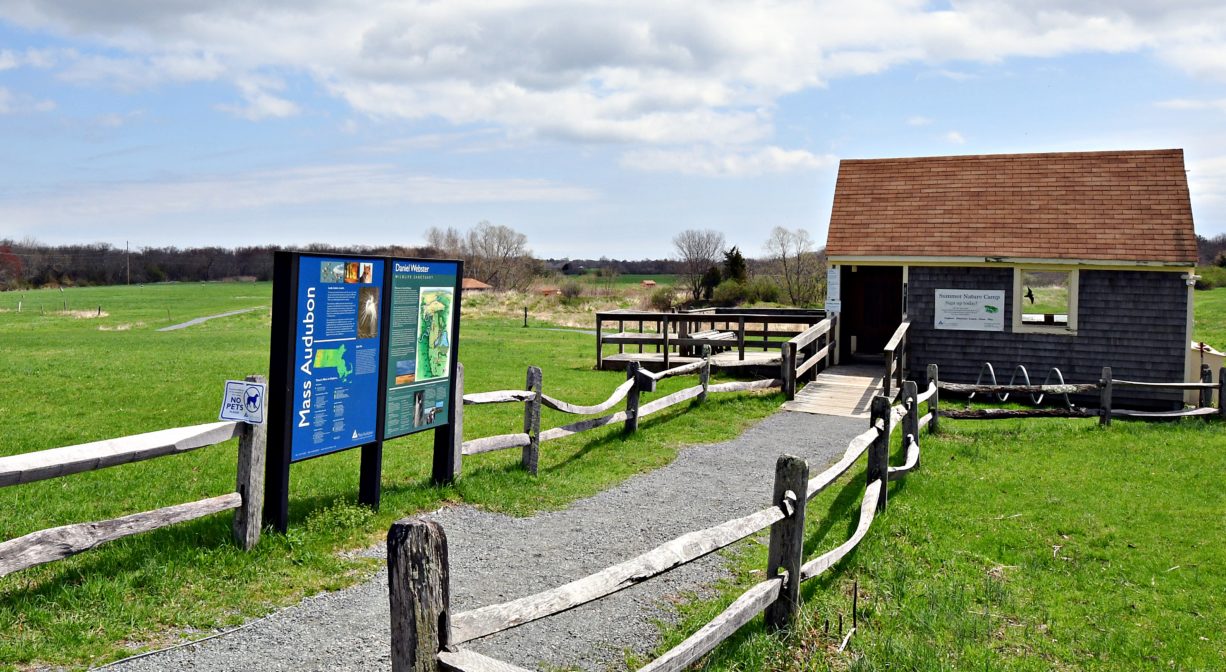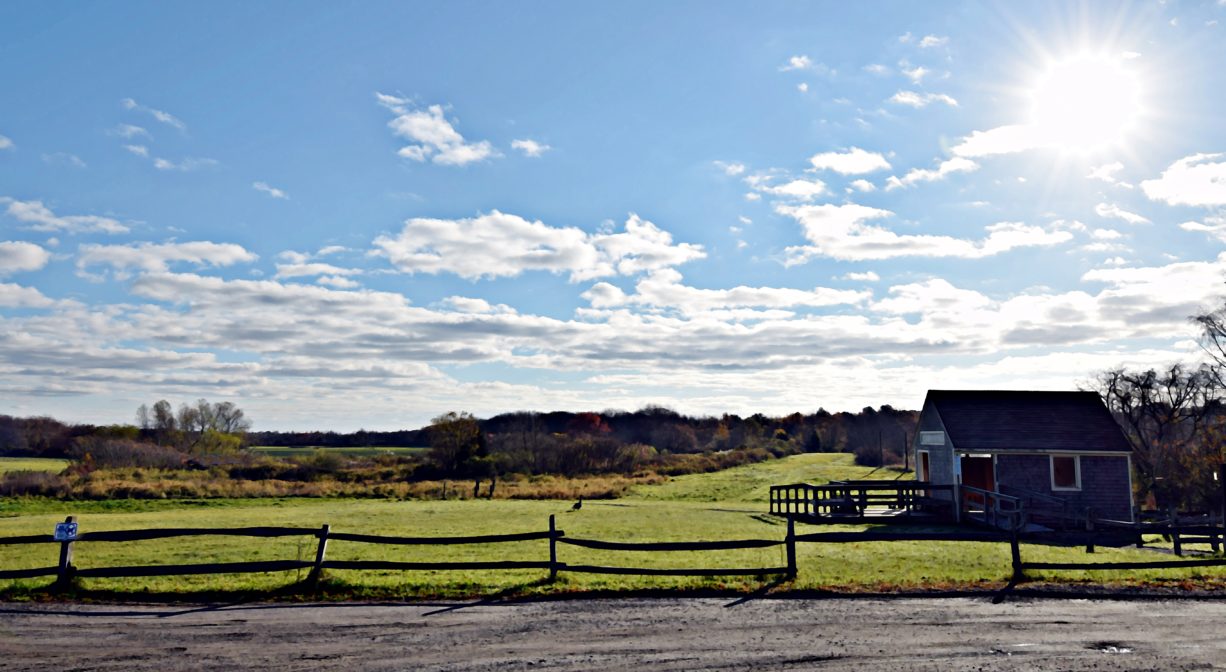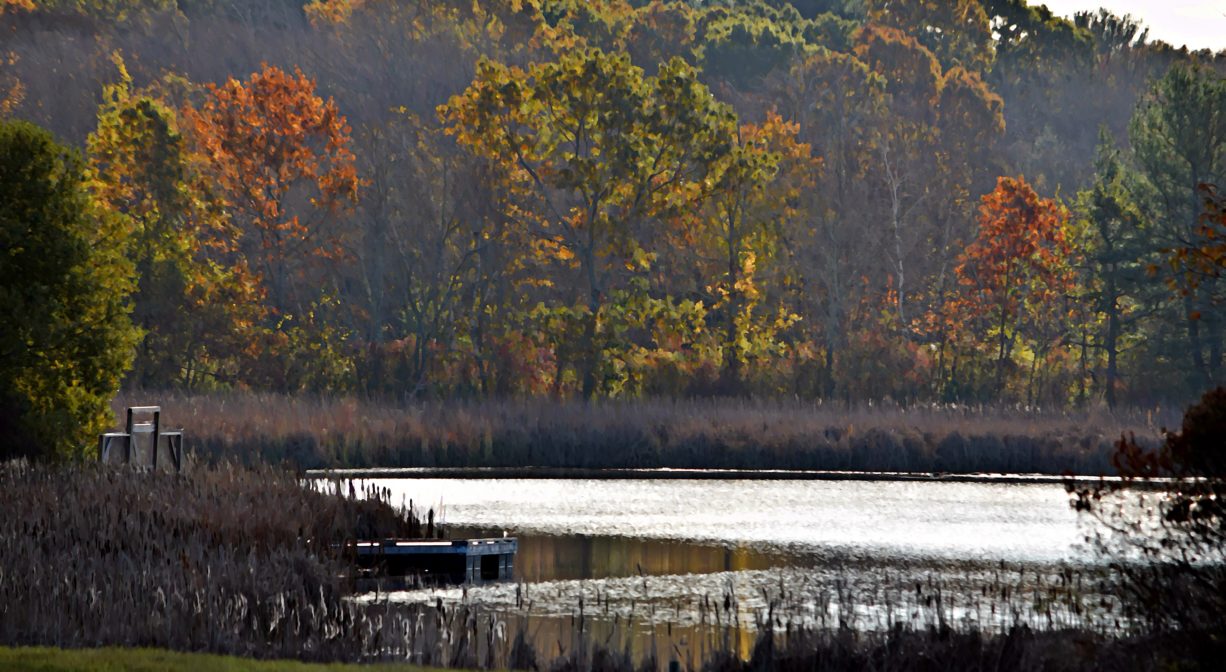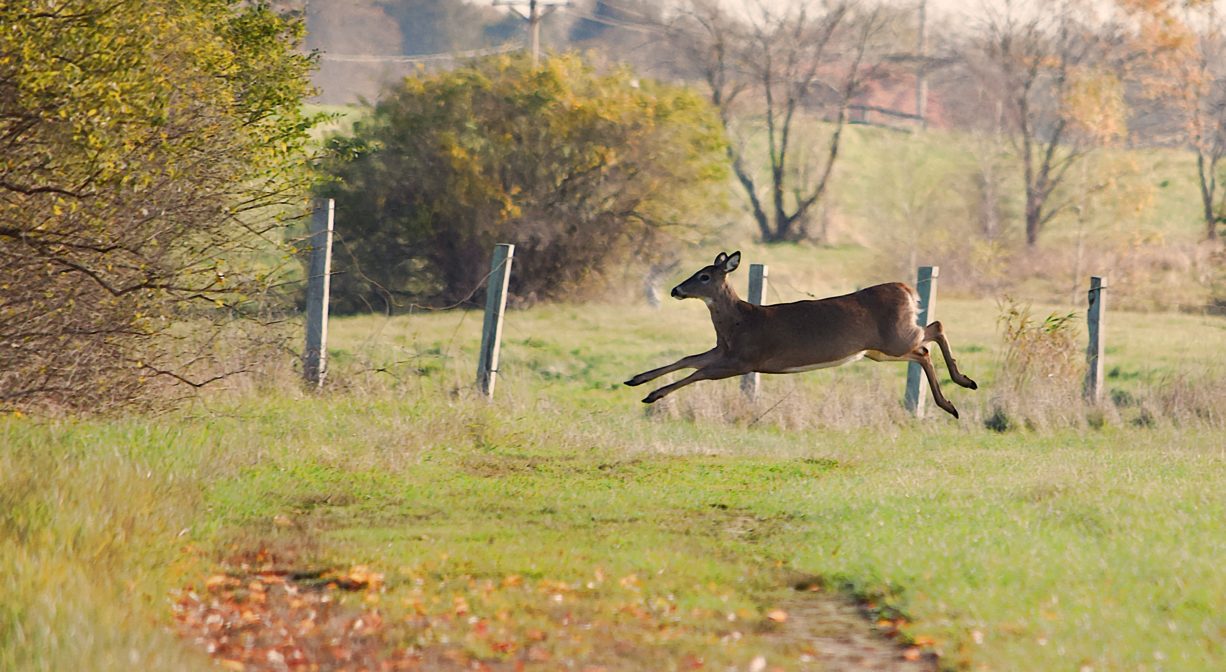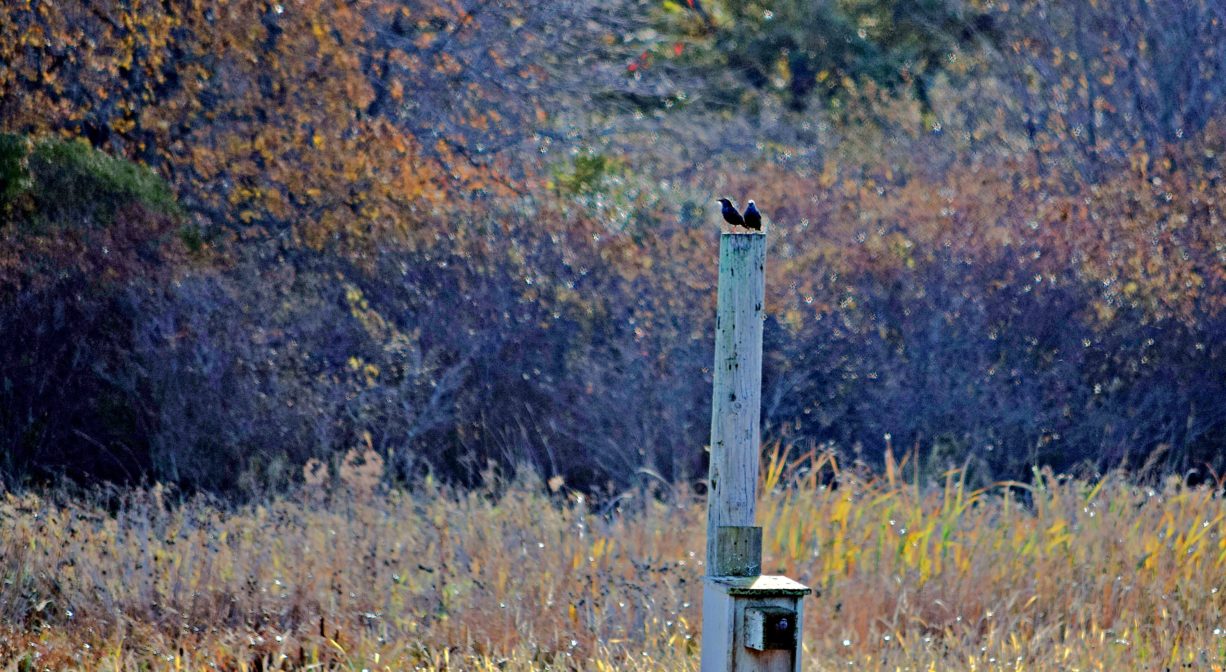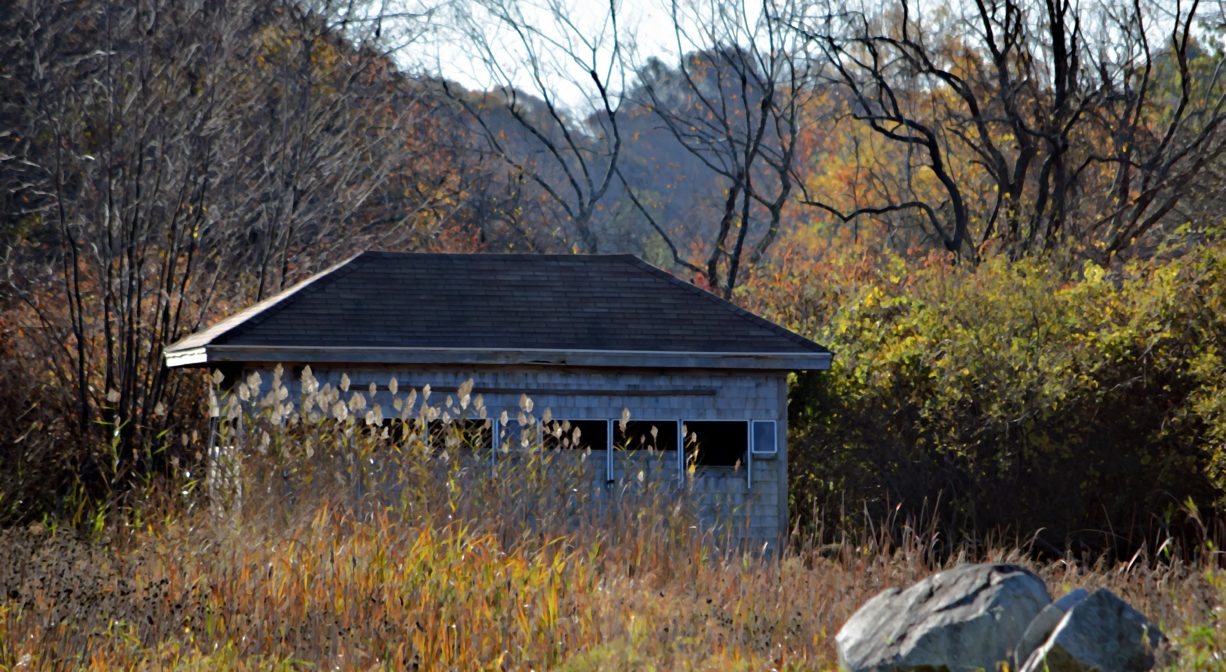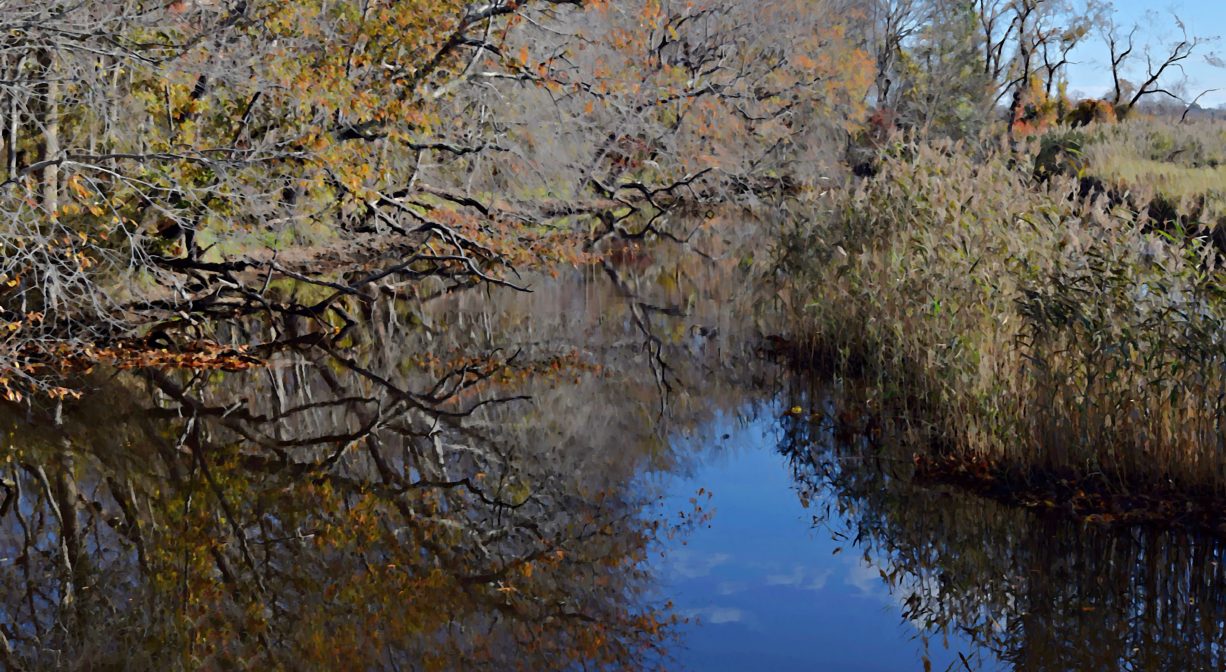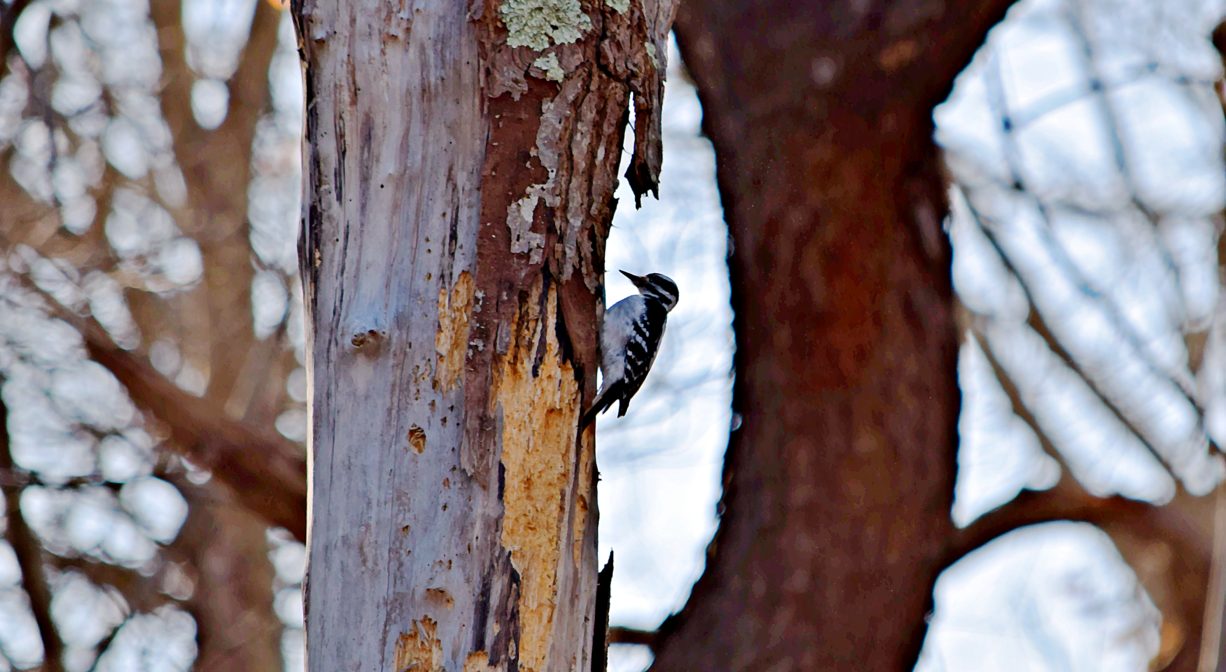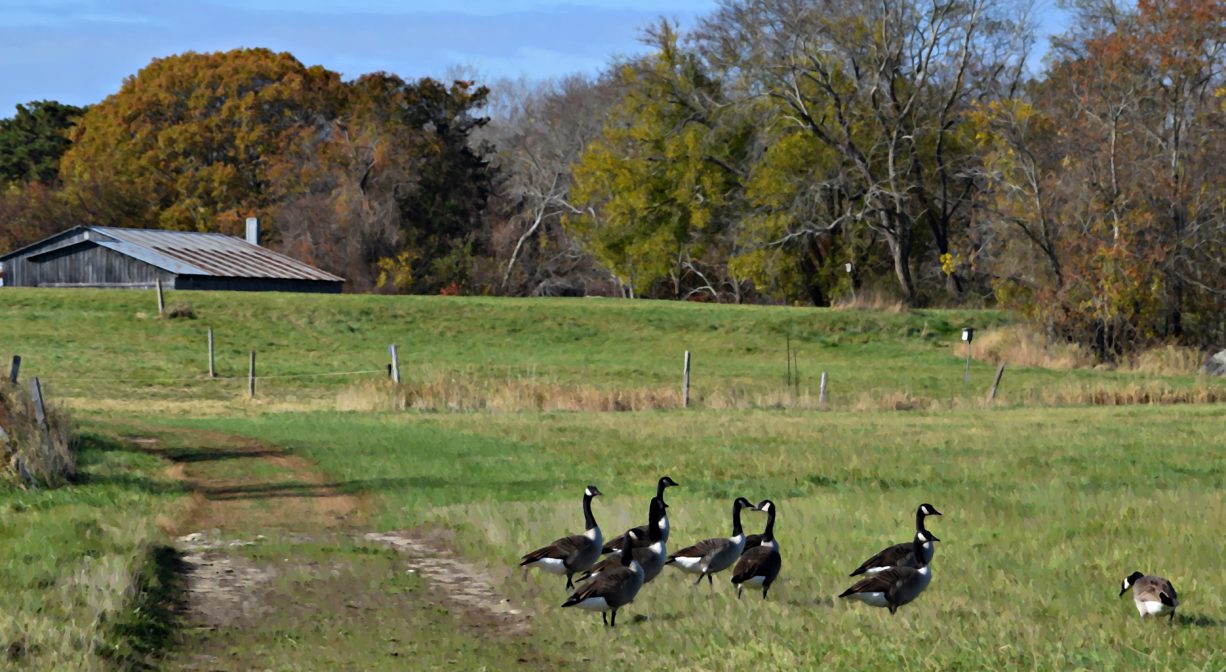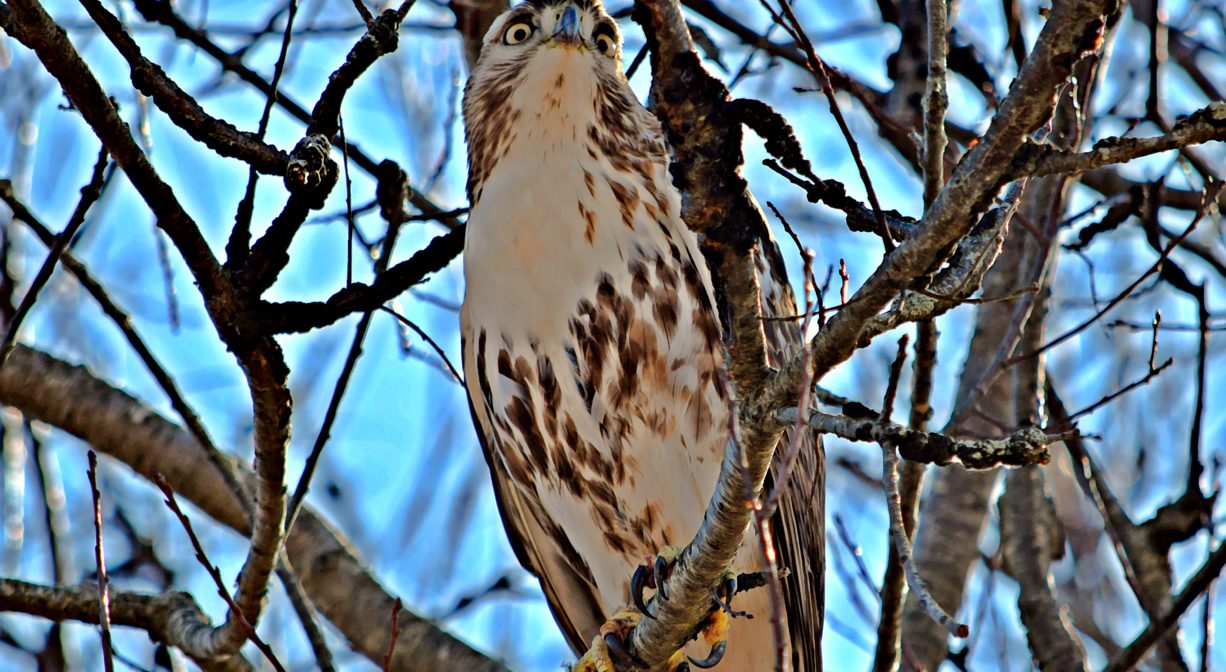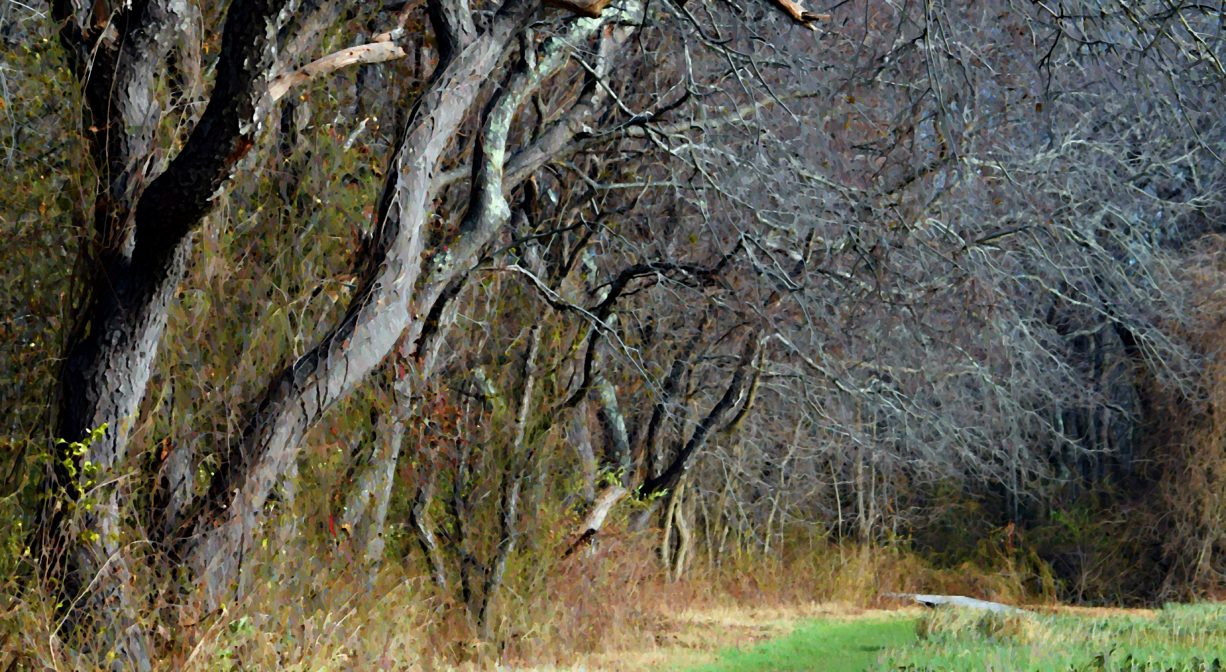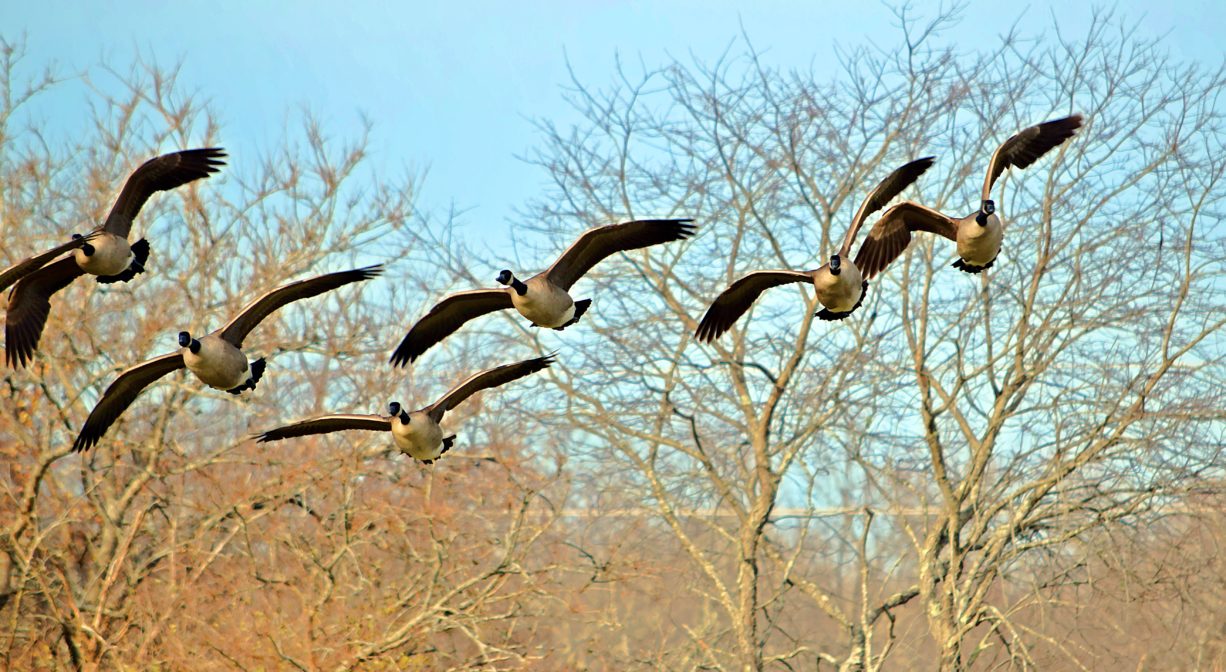Mass Audubon's Daniel Webster Wildlife Sanctuary, Winslow Cemetery Rd, Marshfield, MA 02050, USA
https://www.massaudubon.org/get-outdoors/wildlife-sanctuaries/daniel-webster
Owned By: Mass Audubon
Owned by Mass Audubon and situated on the Green Harbor River, Marshfield’s 578-acre Daniel Webster Wildlife Sanctuary showcases a variety of habitats, including grasslands, marsh, red cedar swamp, and upland forest. There is also a small pond. A total of 3.5 miles of trails and boardwalks stretch across expansive fields, along riverbanks, and through woodlands of cherry, maple and birch. There are four wildlife observation blinds, and numerous benches in quiet spots, plus a platform at the top of a small hill that offers one of the most unique views around.
Hunting is not permitted on this property.
Features
The property was acquired in 1984. Dorothea Reeves spearheaded the Committee to Preserve Dwyer Farm, which raised enough funds to purchase the lands from Edward Dwyer and save them from the threat of development.
The property was originally settled by colonist William Thomas in 1645. He was granted 1500 acres, and later gave a small portion of these to the town for a burial ground and “the maintenance of religious institutions.” You can visit the historic Winslow Burial Ground, as well as the site of Marshfield’s first Meeting House, on your way to the sanctuary. They are located on the same road, at the southern end of Winslow Cemetery.
Five generations of the Thomas family succeeded William at this site. Nathaniel Ray Thomas established a sprawling agricultural estate in the 1770s, with a stately home, a barn and stable, and numerous outbuildings, plus sheep, hogs and cattle. Thomas was a Tory. During the lead-up to the American Revolutionary War, he hosted 114 British troops at his estate. When the war began on April 20 1775, the troops escaped via two ships from Brant Rock. Thomas fled on horseback. His wife, Sarah, remained at home with their seven children. Sarah retained her 1/3 right to the property but the state confiscated the rest.
After the war, Sarah and 6 of her children joined Nathaniel in exile, in Nova Scotia. Their son John remained on the 160 remaining acres of the estate. He sold it to Daniel Webster in 1832. Daniel Webster was a Congressman for New Hampshire and Massachusetts, and served as Secretary of State for Presidents Harrison, Tyler and Fillmore. He was also well-known for his legal practice, successfully defending cases at the Supreme Court. Webster had toured Marshfield a decade prior, and had become enamored with the Thomas estate. He arranged to purchase it from Thomas, and made it his summer home from 1832 to 1852.
A farmer as well as a statesman, Webster took advantage of the fertile soils of the river valley and grew onions, potatoes, turnips and squash, as well as rye, oats and beans. He established apple, peach and pear orchards on the property, and kept not only livestock, but chickens, ducks, and geese. Webster famously led John James Audubon on a tour of his estate, resulting in Audubon’s noted print of the Canada goose. Webster cherished his farm in Marshfield and once remarked, “so far as my influence extends, the birds shall be protected.” While you’re in the area, you can also visit the Daniel Webster Estate, which has its own trail, plus a link to a larger conservation property, Webster’s Wilderness.
This land is within the region of the Wampanoag. To learn more about local Native American tribes, we encourage you to interact with their members. The Mashpee Wampanoag and the Herring Pond Wampanoag share information on their websites.
Trail Description
The Daniel Webster Wildlife Sanctuary is located at the end of Winslow Cemetery Road in Marshfield. Proceed through the entrance building (which doubles as an observation blind) to the trails. In total, there are 3.5 miles of trails. with 0.6 miles of universally accessible trail. Strollers are welcome but may have difficulty traversing some terrain.
A recommended route for touring the property is to begin on the Fox Hill trail. Follow it downhill, and keep your eyes open for northern harriers (marsh hawks), which sometimes perch on top of bird houses. Next, look for signs for the River Walk, which will take you to the first of two bridges. Cross the river, and follow the boardwalk through the woods and red maple swamp, to the second bridge. You might pause there to see not only a great view of the surrounding marshes and meadows, but also, if you’re lucky, the muskrats who play in the water below. Be sure to stay on marked paths, and don’t stray too close to the river. The banks are unstable and the riverbed itself extremely silty — not the kind of place you’d want to get stuck (like the Audubon staff member who once sunk in to the top of his chest waders).
The second bridge will connect you with the Sparrow Trail, which leads along the river, past an observation blind, and back to the main path. Climb to the top of Fox Hill, to the observation platform. There is plenty of wildlife to see here, as you gaze out over the Green Harbor River valley.
From Fox Hill, return to the main path. You may hear meadow mice scurrying in the grass. Take the winding Secret Trail through the woods to Pond Loop, where you can enjoy views of Webster Pond. Consider stopping at yet another observation blind. Most likely, you’ll encounter a flock of Canada geese on your way to the exit. Watch your step for their green droppings! Allow yourself at least an hour for this tour, and if you have binoculars, bring them along.
Habitats and Wildlife
Look for shorebirds, turtles, muskrats and mink from the observation blinds and boardwalks, and American kestrel and bobolink in the grasslands. The white nesting gourds suspended (seasonally) around Webster Pond are home to a colony of purple martins. Other species to watch for include bluebirds, tree swallows, meadowlarks, and hawks. In the winter, watch for northern harriers and herons hunting for meadow voles. Around dusk, listen for great horned owls.
If you’re at Fox Hill at the end of the day, you might see long- and short-eared owls hunting. Watch the skies, looking out over the fields toward the ocean, for the fluttering flight of the short-eared owls, or scan the trees and signposts for the more direct movements of the long-eared ones.
Beyond Fox Hill, the land owned by Mass Audubon is not accessible to the public. This section indeed provides “sanctuary” to wildlife, with a minimum of human interference. You can view a lot of it from the water, though. Launch a canoe or kayak at Peter Igo Park in Marshfield, and you can paddle all the way through Daniel Webster Sanctuary and beyond.
The Green Harbor River, and one of its major tributaries, Wharf Creek, flow through the sanctuary. The Green Harbor River finds its source in springs and ponds in Duxbury. It twists and turns through Marshfield via Red Gold Farm, the Green Harbor Golf Club, the Daniel Webster Wildlife Sanctuary, property owned by the Marshfield Municipal Airport, and Peter Igo Park, and empties into the Atlantic downstream in Green Harbor.
Historic Site: No
Park: No
Beach: No
Boat Launch: No
Lifeguards: No
Size: 578 acres
Hours: Dawn to Dusk
Parking: Limited on-site parking at the end of Winslow Cemetery Road.
Cost: Free for members. Small fee for non-members.
Trail Difficulty: Easy
Facilities:
Benches. Observation blinds. Picnic table. Porta-potty.
Dogs: No
Boat Ramp: No
ADA Access: Yes
Scenic Views: Yes
Waterbody/Watershed: Green Harbor River

